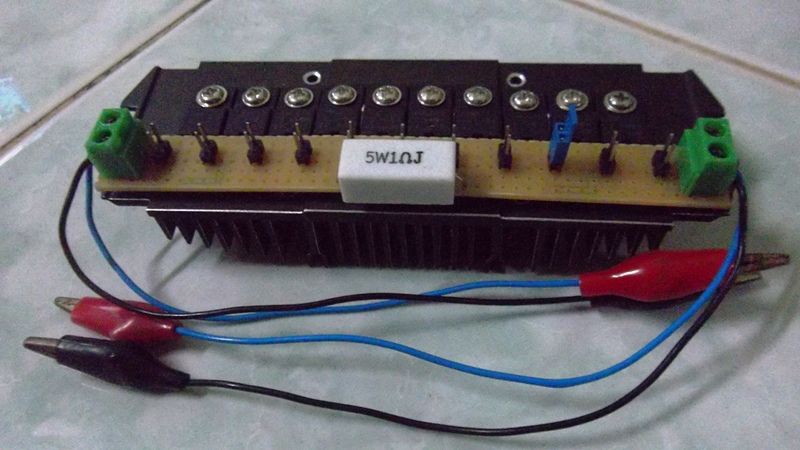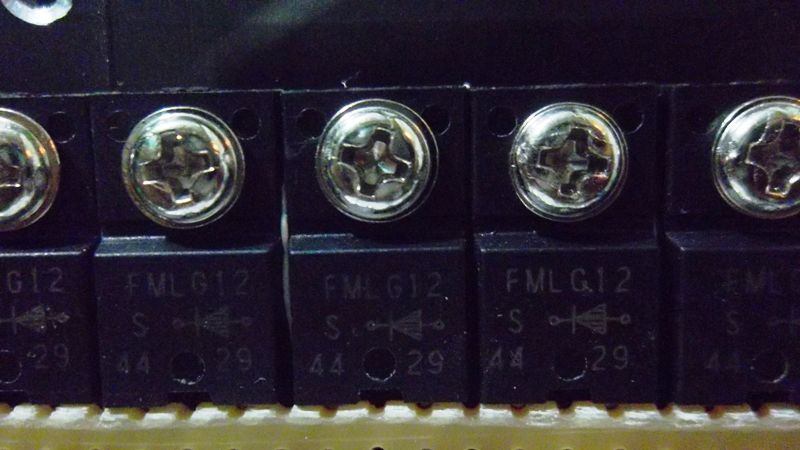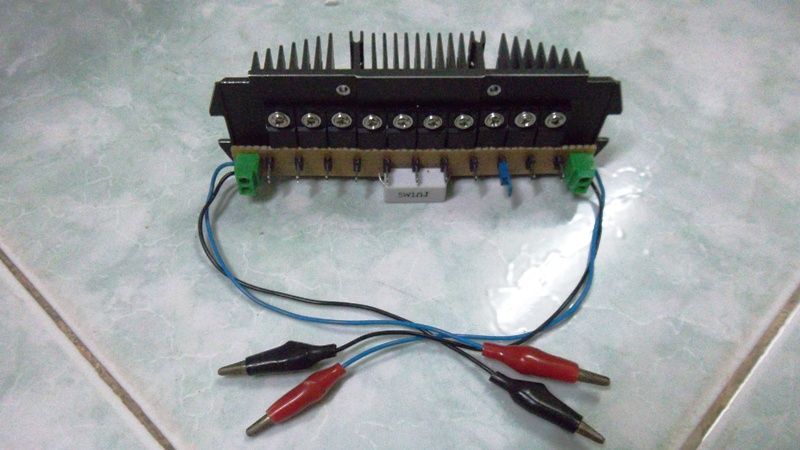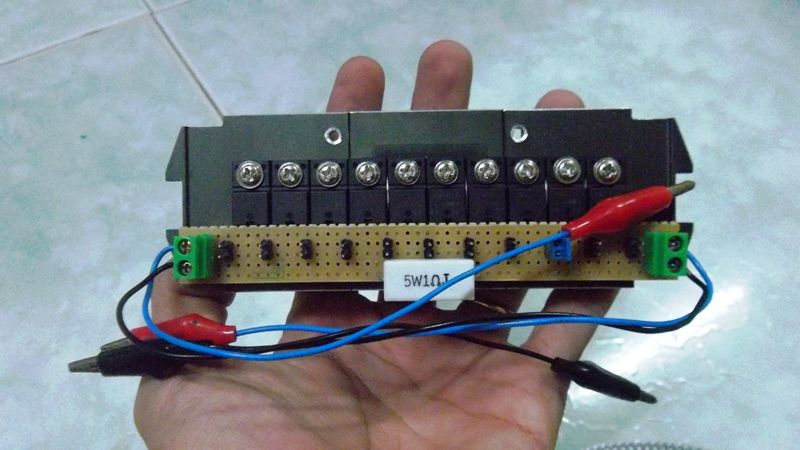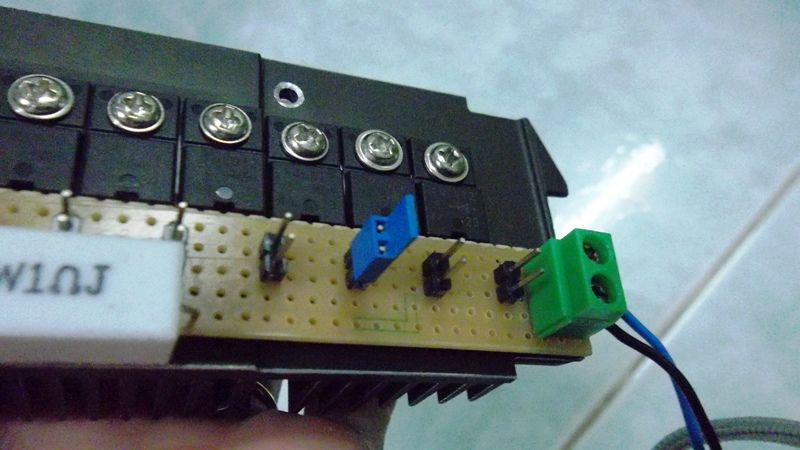- Joined
- Aug 30, 2008
- Messages
- 6,891
- Points
- 83
Just a picture of something in the works. This is before the copper bar is added to the diodes for heat sinking.
Has a 1, and 0.1 ohm resistor for measuring which is selectable and can be used to reduce the voltage drop over the resistor at higher currents.
Load voltage pads allow you to easily measure the total voltage drop. This was Benmwv's idea & the board was designed by him.

Has a 1, and 0.1 ohm resistor for measuring which is selectable and can be used to reduce the voltage drop over the resistor at higher currents.
Load voltage pads allow you to easily measure the total voltage drop. This was Benmwv's idea & the board was designed by him.






